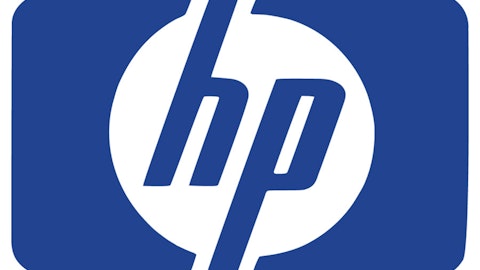Rising interest rates may be good for a bank’s revenue stream, but they have the ability to wreak havoc on the balance sheet and, thus, shareholder equity.
A bank by the simplest definition is a holder and lender of deposits. When a buildup of deposits occurs unaccompanied by a similar growth in loans, banks put their spare cash to work in temporary investments until it’s needed to fund higher-yielding assets — like loans to businesses.

This is good because liquidity that would normally be earning zero dollars in cash can earn a little money — but is it worth the extra risk?
Accounting rules dictate these investments be reported at fair value, which declines when interest rates rise. This is fair because the assets are worth less than ones sold at the higher prevailing rates, but the fair-value adjustment isn’t necessarily a loss that the bank is going to realize.
As time goes by, negative adjustments will slowly reverse, and even go back to zero at the maturity date. This means a writedown now could potentially be just that: an accounting writedown on an income-producing asset that reverses over time.
Simple example
Let’s think about this another way. Imagine that one day you lend a friend $1,000 for one year at a 10% interest rate. A year later, your friend repays the $1,000 plus the 10% interest. You earned 10%, helped a friend, and lost absolutely nothing.
Had rates risen to 20% during that time, however, you would have temporarily been in the same position the banks are in now. Would you have felt like your $1,000 loan was worth less because you could have gotten 20%? Would you have temporarily marked down the loan only to reverse it when your friend paid it off?
This is a simple metaphor, but it’s essentially what is going on with the banks lately. The only difference is that instead of your friend, the banks are investing their liquid funds in very secure government notes.
If you’re still following, let’s try to think about this from a bank’s point of view:
We have a ton of extra cash hanging around right now because we are building a “fortress” balance sheet. We have no real pressure to loan out money at the current rates because we think rates will continue to rise as they have been doing lately.
Since we put our liquidity — and a lot of it — in investments that are making money but losing value, our incentive to hold these investments to maturity increases as interest rates rise, and the losses we would take upon selling grows.
Threats to holding to maturity are liquidity and/or the need to sell investments in losing positions. Luckily, deposits keep growing, and we have some investments in this account that could be still sold for a profit as technically we don’t have to hold all of these low-yield assets to maturity.
Back to reality
Now that we have a handle on this issue, let’s look take a look at Bank of America Corp (NYSE:BAC), Wells Fargo & Co (NYSE:WFC), and JPMorgan Chase & Co (NYSE:JPM) to see just how this major accounting standard has affected them recently.
In the most recent quarter, Bank of America Corp (NYSE:BAC) reported net income of almost $3.6 billion, but also a negative $4.2 billion fair-value adjustment on available-for-sale securities hit equity at the same time.
Ironically, the bank sold some of these securities for a $457 million gain during the same time period — real gain, not an adjustment. At the end of the second quarter, the accumulated unrealized loss associated with available for sale securities stood at $645 million.
Wells Fargo & Co (NYSE:WFC) reported $5.27 billion in net income this last quarter and posted a negative $3.8 billion fair-value adjustment on its balance of available-for-sale investments. The bank currently holds $249 billion in this account with an unrealized gain of roughly $3.2 billion. On the income side, Wells Fargo & Co (NYSE:WFC) lost $54 million on actual sales in the second quarter, not $3.8 billion.
JPMorgan Chase & Co (NYSE:JPM) has the largest amount ($355 billion) invested in available-for-sale securities whose fair-value adjustments (a loss of $3.1 billion) also cleared the company’s reported net income of $6.1 billion. An actual gain of $124 million was reported during the second quarter on sales of these securities. JPMorgan Chase & Co (NYSE:JPM) currently has an unrealized gain of $3.1 billion in equity associated with these accounts for now.
Bottom line
The reversal of historic low interest rates has the potential to offset years of reported incomes due to fair-value adjustments on a bank’s available-for-sale securities account.
While these “potential” losses reflect fair value, they also quantify the incentive that a bank has to simply let these securities mature and negate any actual loss. When looking to invest in a bank, it’s important to keep this in mind, because all banks are not equal in liquidity and the ability to save these “losses.” Those that can hold out may just be storing up some hidden value for potential and current investors.
The article Demystifying 3 Banks “Losing” Billions originally appeared on Fool.com is written by joshua kubiak.
Joshua Kubiak has no position in any stocks mentioned. The Motley Fool recommends Bank of America and Wells Fargo. The Motley Fool owns shares of Bank of America, JPMorgan Chase, and Wells Fargo.
Copyright © 1995 – 2013 The Motley Fool, LLC. All rights reserved. The Motley Fool has a disclosure policy.





